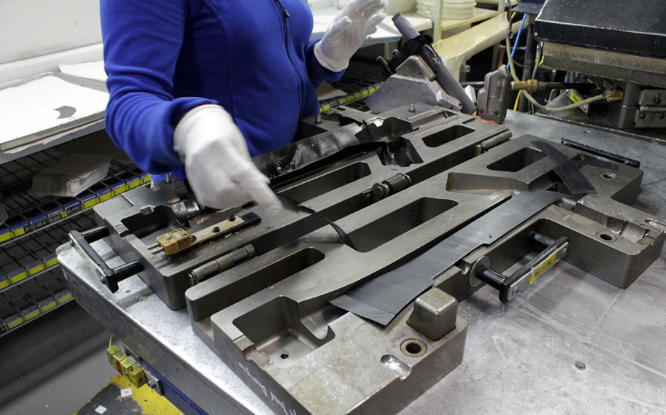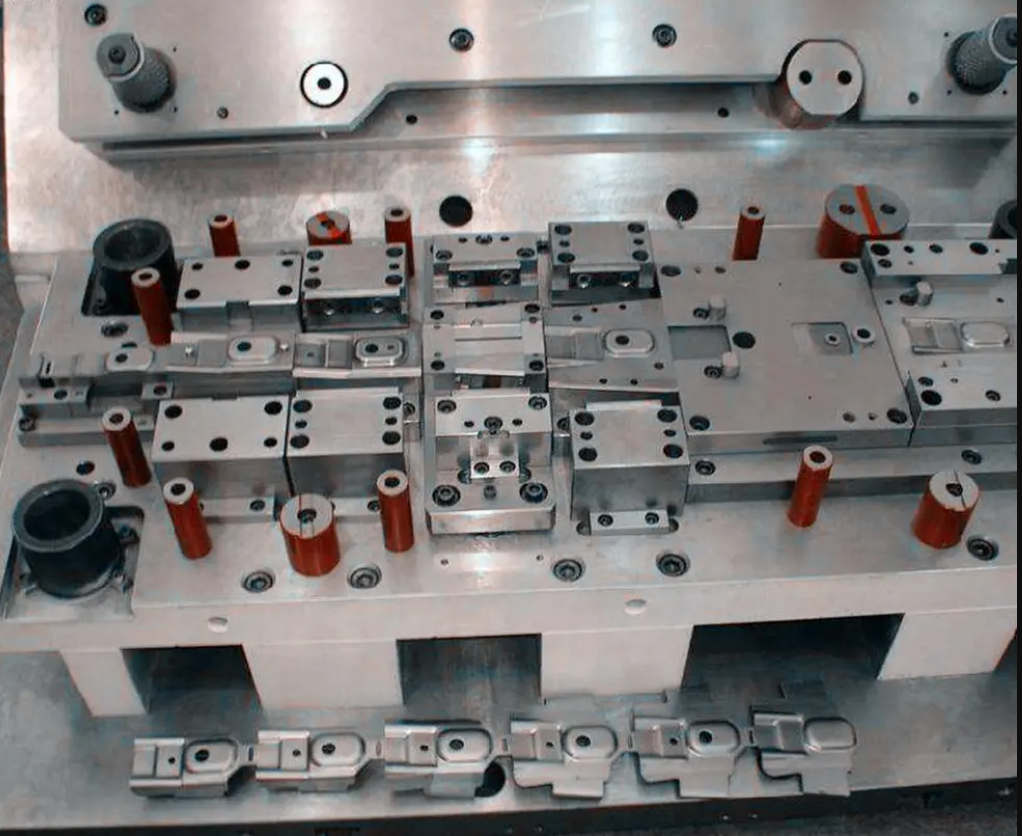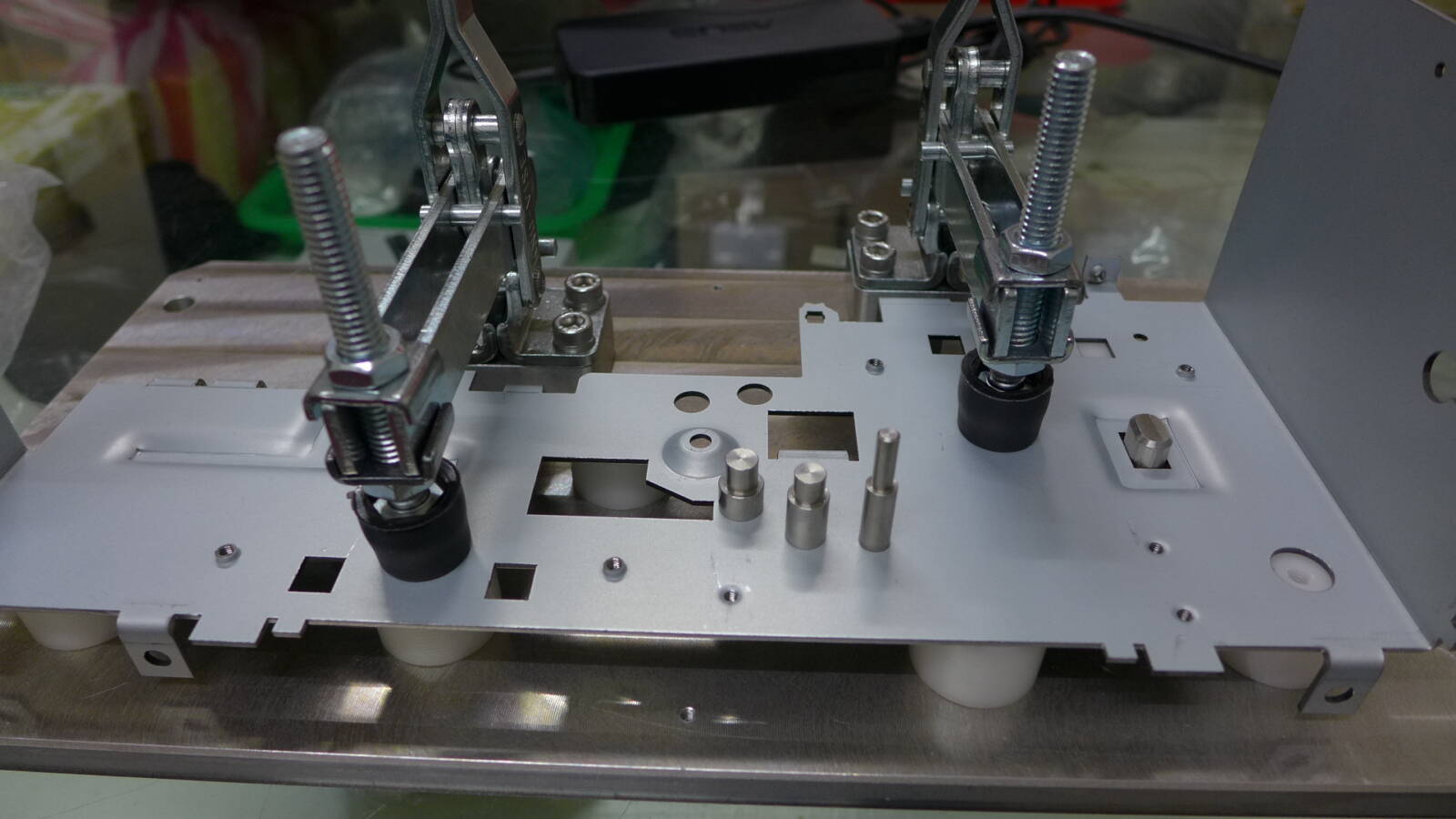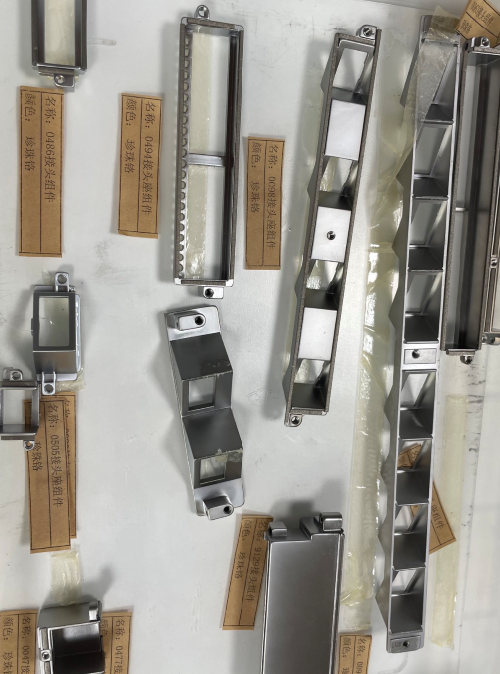
In foreign aerospace products, the application of composite material molds has become quite common. Domestic aviation system units have conducted early research on composite material molds with high production, while other units, including the aerospace sector, have relatively little use of them.
Composite material molds are mostly made of carbon fiber or (and) glass fiber composite materials and can be further repaired, thus making the mold very precise. Since the mold materials and products generally belong to the same kind of materials, the matching problem of coefficient of thermal expansion between the mold and composite products is effectively solved, and the product size and surface accuracy are well guaranteed, which is the main trend of the development of composite molding molds.
This type of mold has been widely used in composite material products with high dimensional and positional accuracy or oversized dimensions. Due to the fact that the mold itself is also a composite material, its manufacturing process has a certain degree of complexity and unknowability.

In addition to CNC bending for sheet metal forming, mold assistance must be used. Considering the limited capital investment of customers in the small batch stage, we often use low-cost and simple mold processes to achieve our goals, introducing mass production before launching formal molds. Sheet metal molds are cold pressing molds used for punching, bending, forming, and other purposes when processing sheet metal. Punching is done on steel plates without using a drill bit, but using a punch press and a mold. Bending is the process of bending a steel plate into a designed shape using a bending machine and a lower mold. Forming belongs to the stretching mold in cold pressing molds, and some parts belong to hot pressing molds.
Classification by process combination:
1) Single process die - a die that completes only one process in one stroke of a press. To reduce costs, we often recommend users to use a single process stamping process during the small batch stage of the product.
2) Continuous mold - Continuous mold, also known as progressive mold. It is a continuous stamping mold. In the workpiece part of the mold, it is divided into several equidistant workstations. After the strip material is continuously stamped along the workstation, various stamping processes are completed. At the final process, a qualified part or semi-finished product can be produced.
3) Composite mold - Composite mold is a stamping die that uses one stroke of a press to complete two or more processes at the same position of the mold. This mold process often has high costs and needs to be used in mass production stages of over 10K.

The fixture is an auxiliary tool for welding and assembling sheet metal product components, playing a positioning role. Fixtures have guiding and fixing functions; The fixture focuses on holding the tool in a fixed position.
Some product production requires customization of devices that have both functions (control and guidance tools). A fixture is an auxiliary device specifically designed to solve practical problems or achieve a certain function. Its characteristics are high production efficiency, simple operation, and accuracy. In order to ensure that communication server customers can assemble the chassis with an accuracy of 0.2mm, OREA Engineering generally uses various fixtures and fixtures during the production stage of large-sized cabinets and precision plug-in boxes. The company has many years of experience in sheet metal engineering and a professional engineering team, which has always focused on the customized design and application of high-precision fixtures.

The control of surface temperature of die-casting molds is very important for producing high-quality die-casting parts. Uneven or inappropriate die casting mold temperatures can also lead to unstable casting dimensions, resulting in deformation of the castings during production, resulting in defects such as thermal pressure, mold sticking, surface depressions, internal shrinkage cavities, and hot bubbles. When there is a significant difference in mold temperature, it has varying degrees of impact on variables in the production cycle, such as filling time, cooling time, and spraying time.
Sheet Metal/CNC
In the previous sheet metal and machined parts design stage, engineers have a good understanding of the metal forming process, among which sheet metal processing requires the most experience of engineers, it basically consists of four steps: punching, forming, insertion and finishing...
Quality Control
High quality is the result of control, we use strict quality control means to determine one or more quality characteristics of the product, and then compare the measured results with the specified product quality standards, so as to make a qualified or unqualified judgment of the product...

FULL SUPPLY CHAIN
SOLUTION from
DESIGN to PRODUCTION
CONTACT US
+86 18600523371